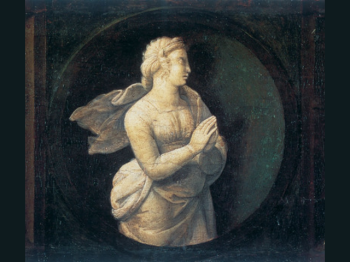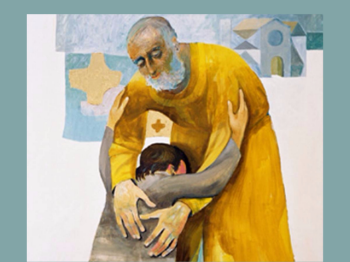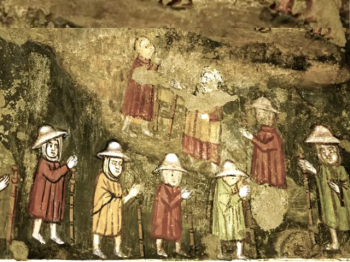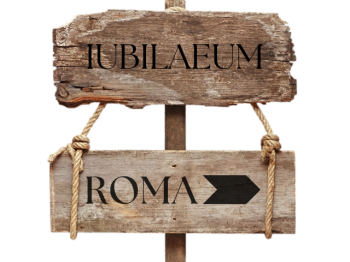
The little girl “hope”
In accordance with the wishes expressed by the late Pope Francis, hope is the central theme of this Jubilee 2025. To experience this theological virtue, the words of French writer Charles Péguy are illuminating when he states, “Because Faith only sees what exists. And Charity only loves what exists. But Hope loves what will be” (The Portico of the Mystery of the Second Virtue).
In a poetic way, Péguy speaks of “the little girl” of hope walking alongside her two elder sisters, the virtues of faith and charity. These virtues he says, actually walk only thanks to their younger sibling.
Indeed, the hope that the Jubilee invites us to rediscover is the driving force of our Christian life, in a world that too often despairs.
This “habitual and firm disposition to do good” in our relationship with God, which characterises every theological virtue, in fact, it is for us like an anchor offered by Christ. It is through his victory over death that Heaven’s gates were reopened that sin had closed.
The Apostle Paul says that hope is like “a sure and steadfast anchor of the soul, a hope that enters into the inner shrine behind the curtain” (Hebrews 6:19). In this light, we recall Pope Francis’ prophetic cry at the beginning of his pontificate: “Do not let yourselves be robbed of hope!” (Sardinia, September 22, 2013). He continued, “Perhaps hope is like embers under the ashes; let us help each other with solidarity, blowing on the ashes to rekindle the flame.”
This is exactly what we will experience together in Rome during the Jubilee pilgrimage of the Order!
(September 2025)






